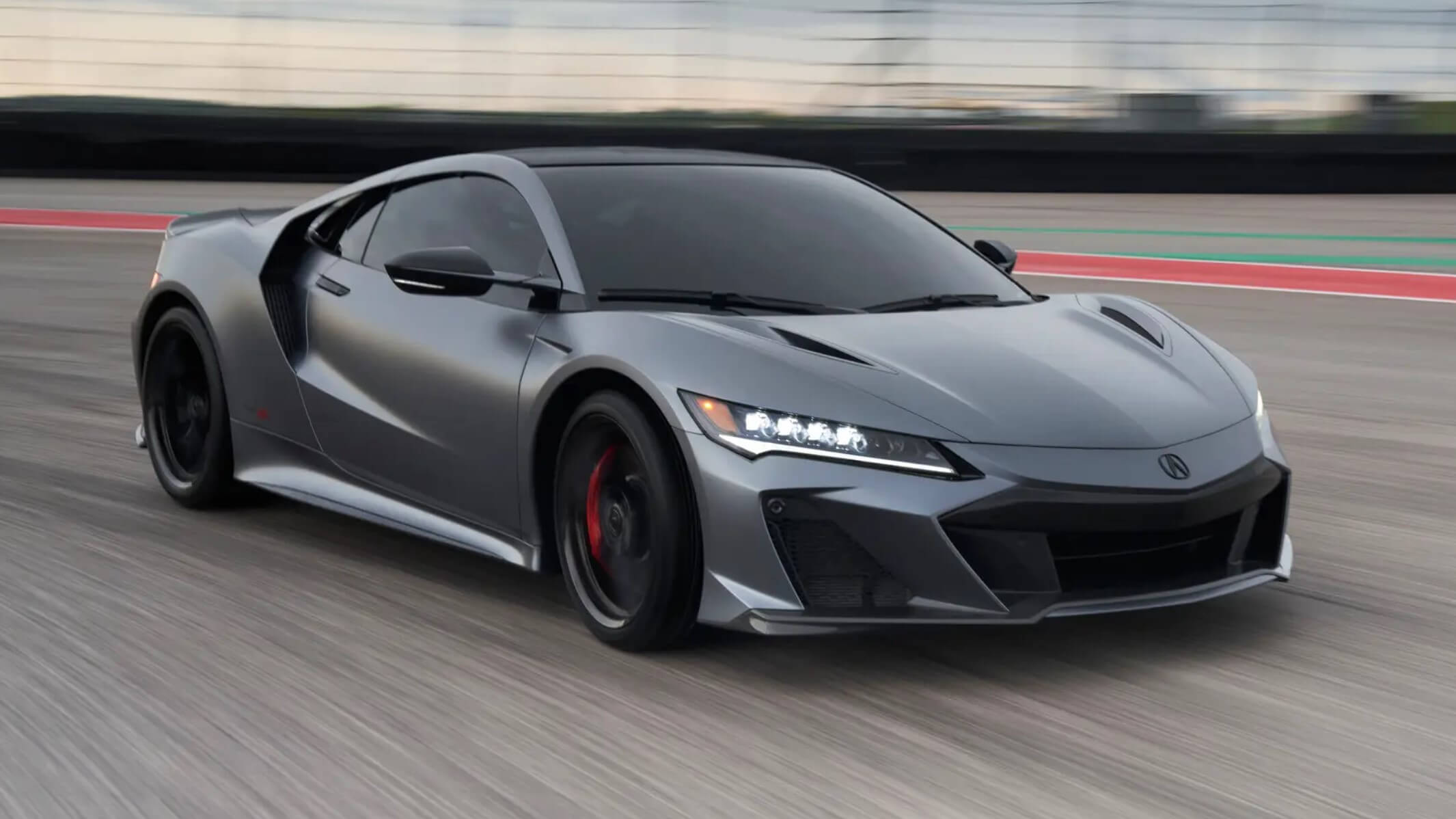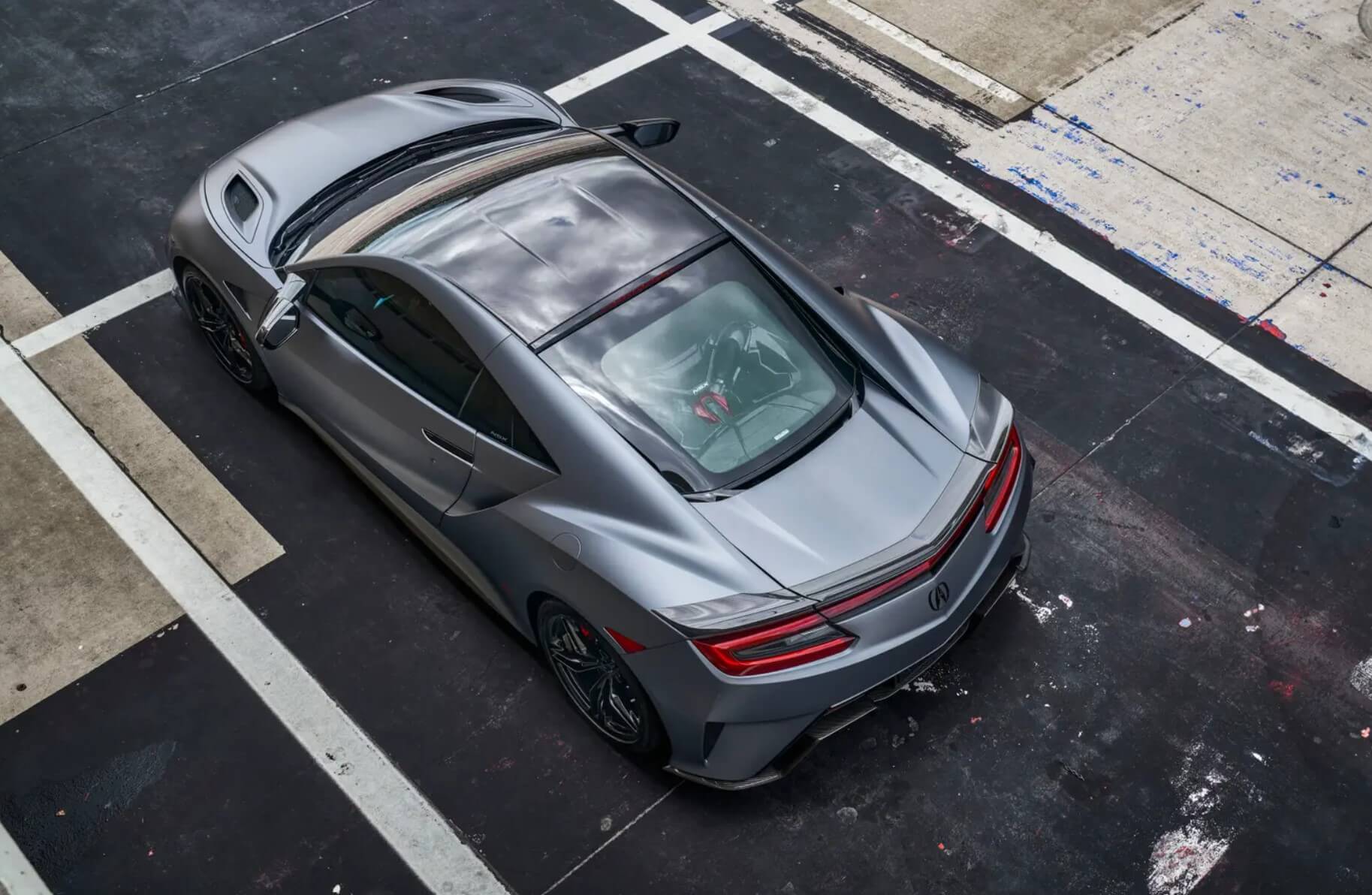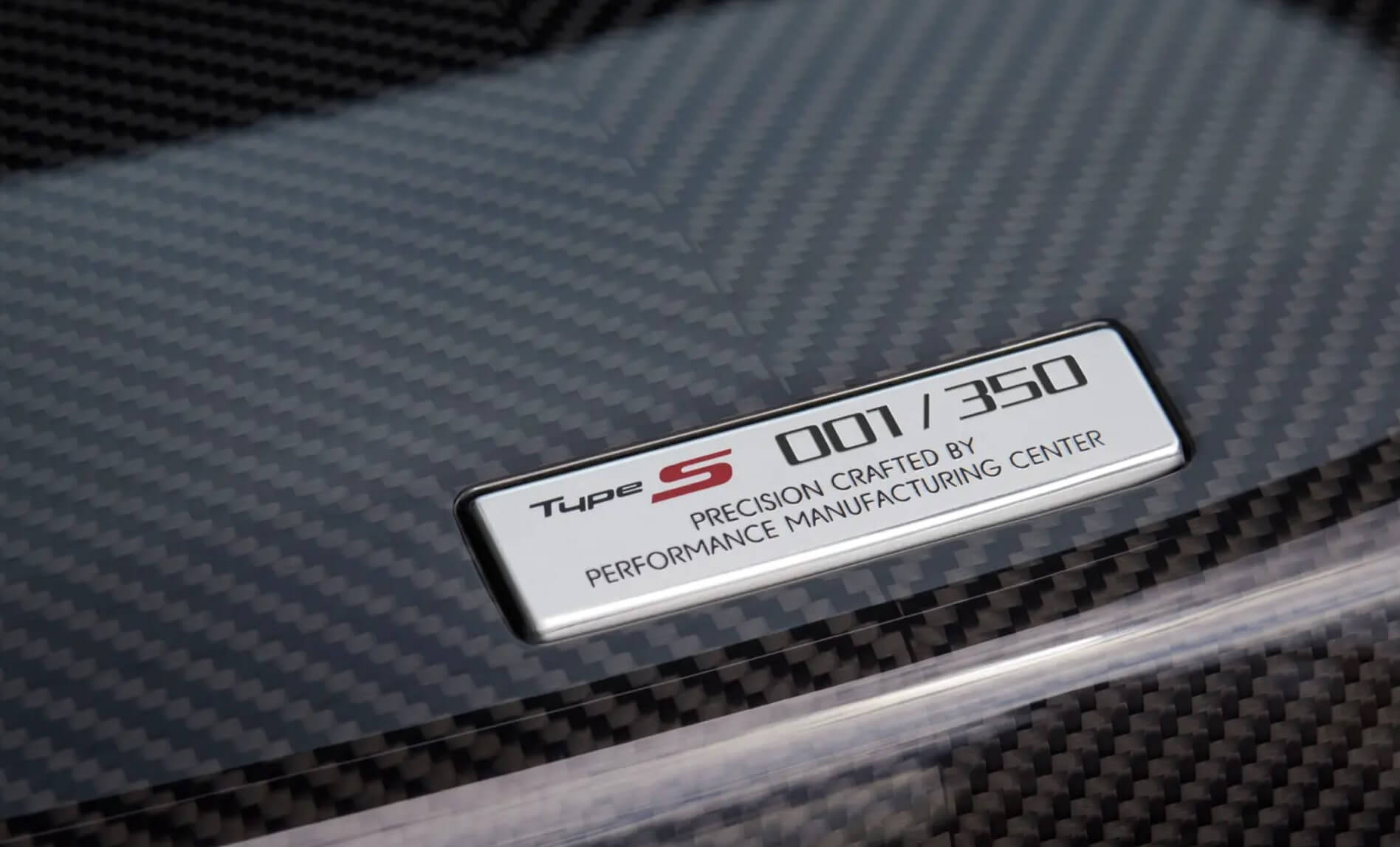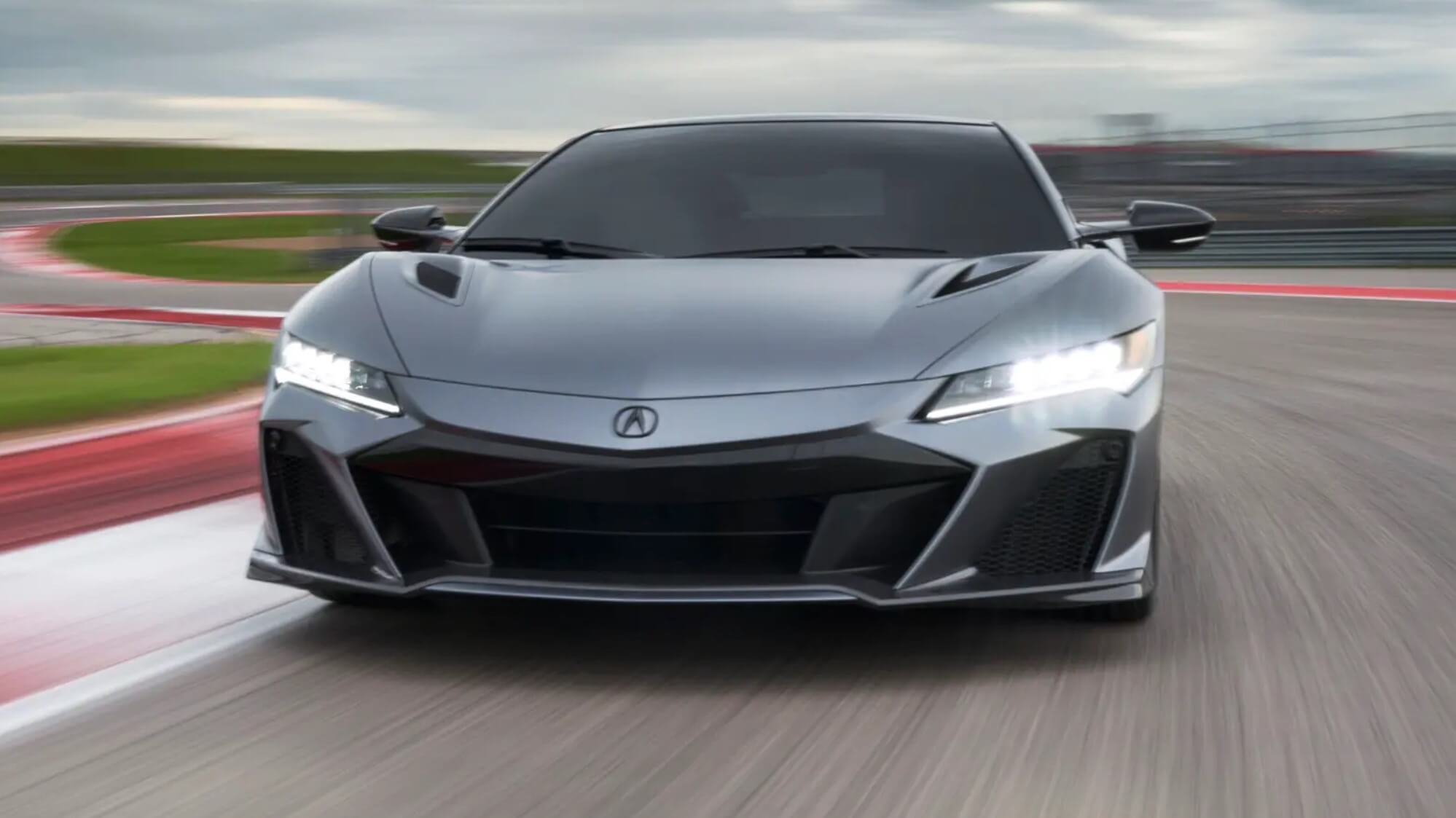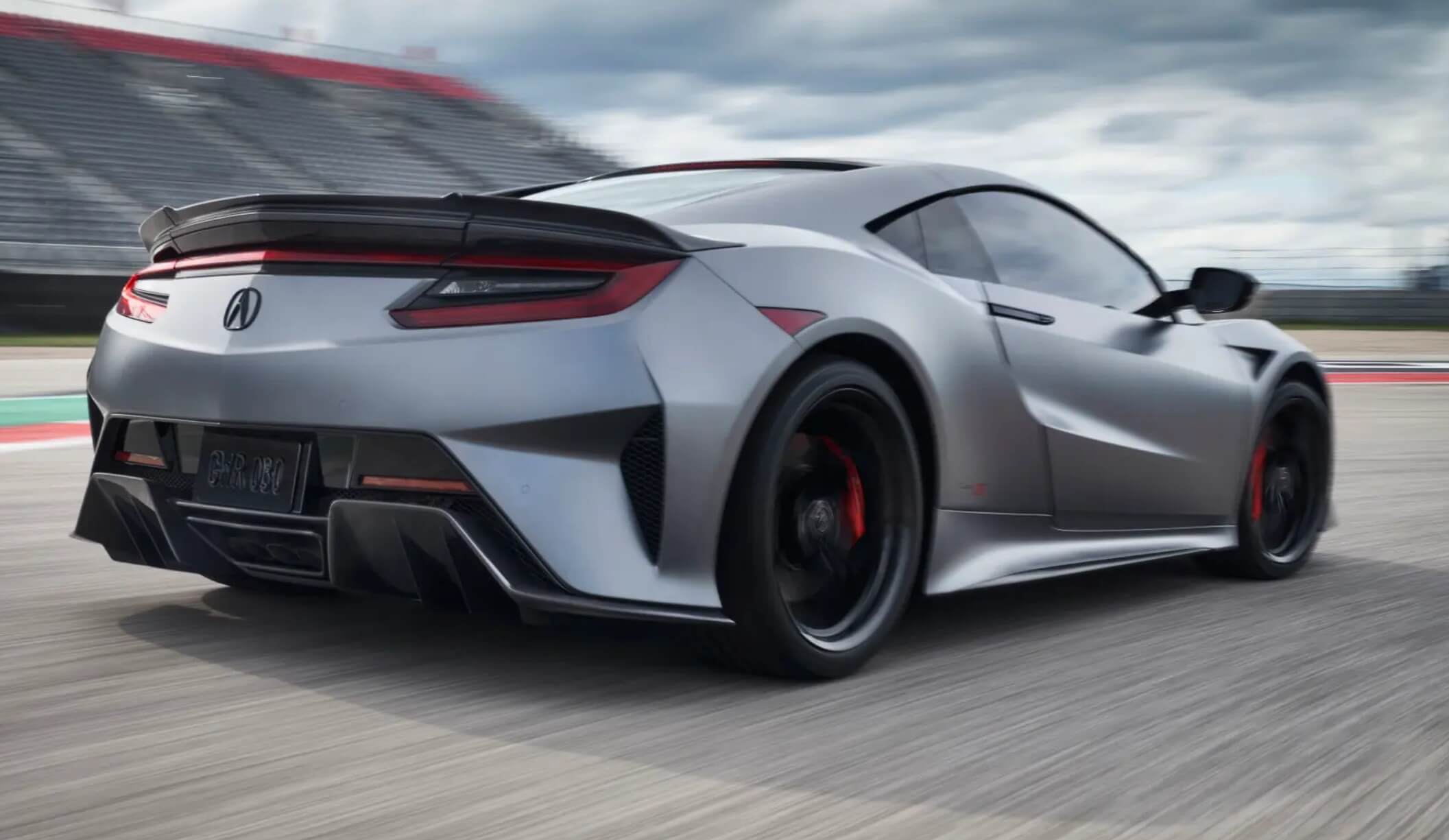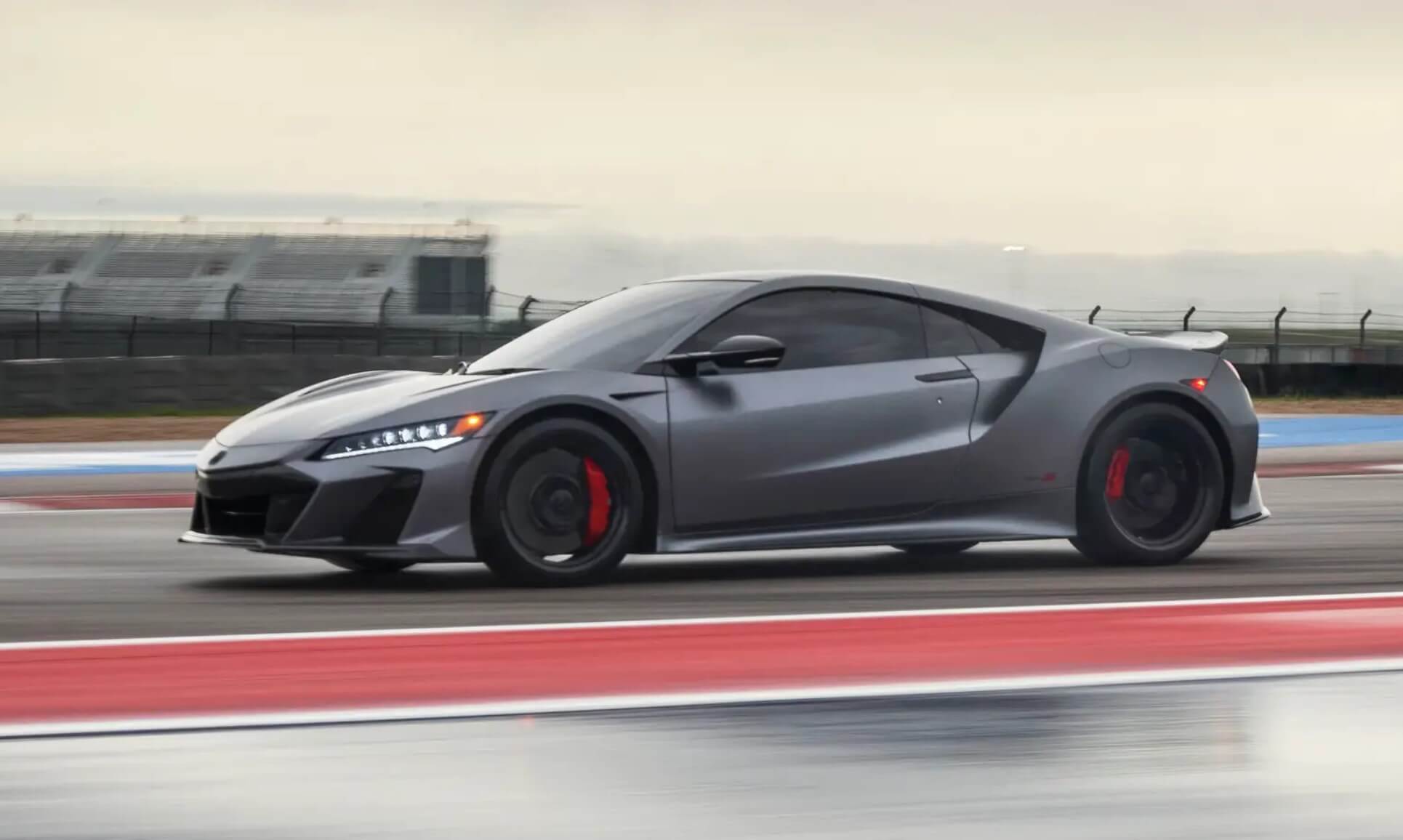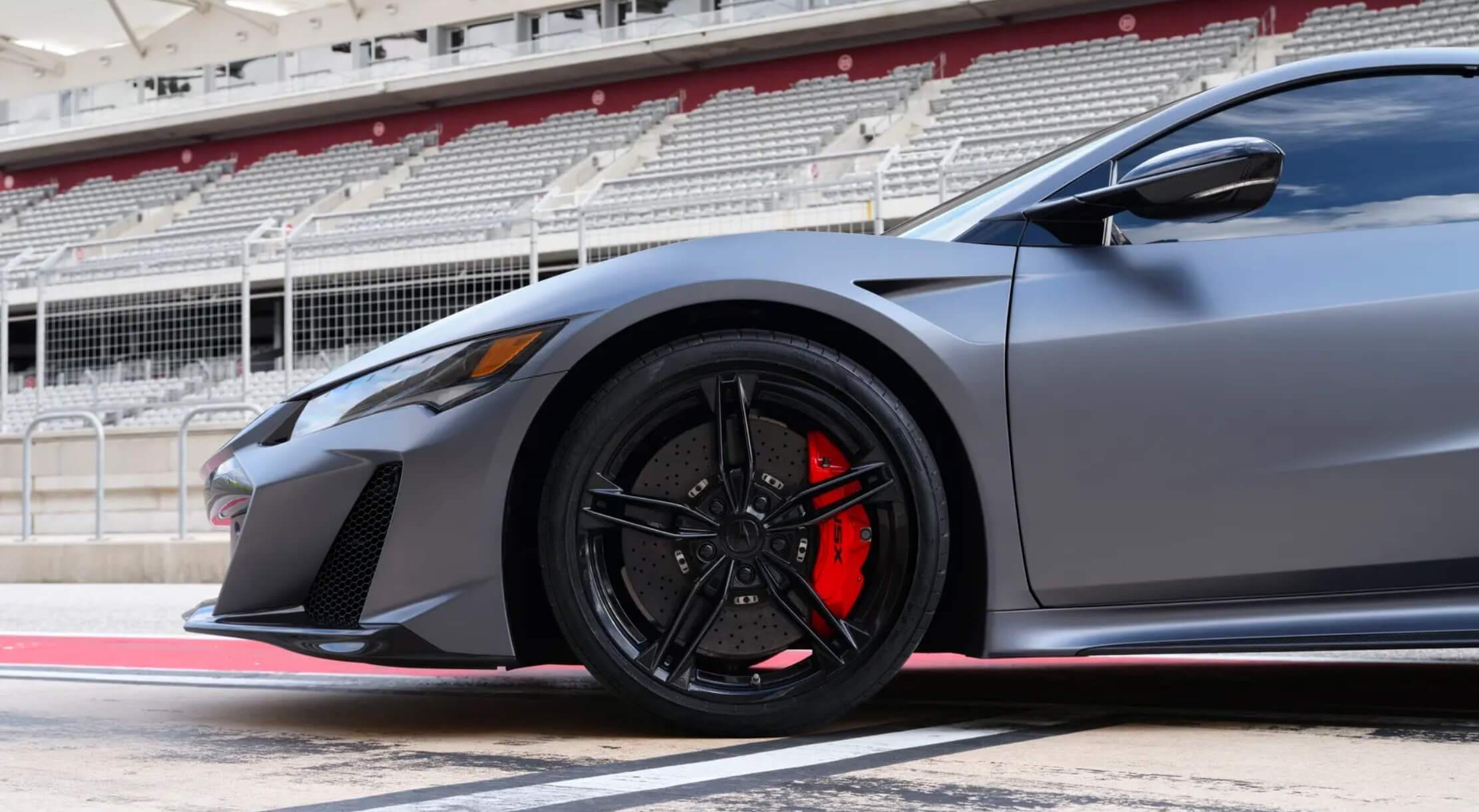Honda’s under-appreciated supercar says sayonara with a limited run of 350 Type S models, alas none of them are for Australia.
It’s always tempting to look at the last of a breed of car and feel vaguely guilty that faint praise has damned it to the point of extinction. Wait! We didn’t mean it! Please don’t leave!
So it is with the Honda NSX, the final example now having left the factory, no longer a warrior from the land of the rising sun but a sunset in the cornfields of Ohio. As a follow-up act to the original, the reborn NSX had a lot to live up to. Too much, really. The first NSX was an utter revelation at a time when mid-engined Italian exotics leaked and overheated and regularly threw mechanical fits costing thousands to repair. Instead, why not a gorgeously engineered mid-engined coupé from friendly Honda?
This car was Honda’s Ferrari F40 moment, the last project personally signed off on by the company’s founder, Soichiro Honda. It was burnished by the hallowed loafers of Ayrton Senna himself and was filled with delicately engineered details from the brightest minds of Honda’s golden age. Gordon Murray drove one the entire time he was creating the McLaren F1. It was a special car.
From its debut in 2015, the second-generation NSX struggled to capture the imagination. Things weren’t helped by Ford releasing its successfully heretofore unseen GT at the same show, but the NSX also failed to fizz with the critics. Furthermore, it cost McLaren money, yet in the US, where all the cars were made, it came with the same Acura badge as grandad’s beige TL saloon. Incidentally, that TL had basically the same 3.5-litre 75deg V6 engine.
In its final year, in this new and more sporting Type S specification, the NSX is still a hard sell. Modern exotica no longer goes awry so often, so a usable supercar isn’t a novelty. Also exiting the market at around this time is the Audi R8, which has always done an excellent job of putting V10 Lamborghini lunacy in a business suit. And then there’s the existence of the Porsche 911, either in Turbo form for performance-number anoraks or GT3 guise for that street-legal racing spirit.
So what’s new? Well, Type S designation takes the NSX’s hybrid powertrain from 427kW to 441kW, thanks to bigger turbochargers taken from the NSX GT3 Evo racing effort, along with higher-flow fuel injectors and more effective intercoolers. The redline remains at 7500rpm. Battery capacity has increased by 20 per cent and the ability to get output current to the electric motors is up by 10 per cent. Peak torque is up to 667Nm, and both the torque-vectoring four-wheel drive and dual-clutch automatic transmission have been reworked, the latter now executing shifts twice as quickly.
None of these tweaks has changed the NSX’s essential personality, especially in the default driving mode. The Type S looks the business when you’re walking up to it, especially from the rear, but the doors open conventionally and the cockpit is very much what you would expect from a Honda. The A-pillars are at least fairly narrow for a modern car, even if the forward visibility of the original NSX can’t be matched.
The small (bordering on cramped) cockpit is well finished, too, but lacks the drama expected at this price. As a counterpoint, it will probably be drama-free for the next decade, which you possibly can’t say about the NSX’s Italian rivals. It looks and feels like a very nicely appointed Honda Accord and has the touchscreen out of the Civic.
One doesn’t consider the NSX if badge appeal or a glitzy interior are requirements. This is just a seat in which to get some work done, and the Type S is absolutely up to the task of pinning your ears back from the first press of the throttle.
Normal driving mode is designed for puttering out of a gated community in southern California, but the sharpest Sport+ mode is really what opens up the car. This is simply a shocking amount of pace from a driveline built around a lowly 3.5-litre V6, and the three electric motors provide near-instant torque whenever called on. There is, effectively, no lag.
Meanwhile, magnetorheological dampers and torque-vectoring all-wheel drive do a remarkably effective job of turning scaly pavement into what feels like glass-smooth Tarmac. The realworld grip is immense, and with so much torque on offer, the NSX builds and carries speeds that are positively eye-widening.
Happily, the carbon-ceramic brakes are also easily up to the task of hauling down this car’s not inconsiderable kerb weight. Even with the optional light-weighting package (carbonfibre engine cover, interior trim and carbon-ceramic brakes), the Type S is more than 1700kg – some 400kg more than the 1990s original.
As is becoming common throughout the car industry, its technology easily outperforms its weight penalty here. Particularly impressive is how pointy the front end feels, thanks in part to thetorque vectoring. The NSX dives into corners eagerly and that wave of torque is there to combine with four-wheel traction and grip for it to blast out. It’s not exactly a fully mechanical experience, but the speed is immense. The best analogy is perhaps a modern fighter aircraft, which would fall out of the sky if not for a million algorithms working furiously behind the scenes to make the pilot’s directives possible.
The NSX, Type S or regular strength, works seamlessly to flatter its driver and provide performance rivalling that provided by cars costing multiples more. However, it doesn’t do so in a way that’s measurably better than that of the perennial supercar ego-puncturer, the Porsche 911 Turbo.
The Type S with the full lightweight package leaves off where 911 Turbo prices begin, but any NSX owner will have had to make a decision to not buy something more obvious. Over the run of production, many enthusiasts didn’t. That rarity is perhaps an unexpected boon to the NSX’s legacy as it exits stage right.
The 911 Turbo is, after all, just a 911, although quite a lot of it. Buying an NSX means becoming part of a fairly exclusive club, the members of which are pretty vigorous about their enthusiasm. The NSX is at least as interesting to look at as the Lamborghini Huracan, but that’s for the attention seeker, while the Honda is for someone more interested in actually driving.
In this aspect, the NSX honours its mid-engined ancestor. It’s a car that people buy for track or Alpine pass, for creating lasting memories by doing things. While the pathetic luggage space means it’s not quite a grand tourer, the NSX can absolutely function as an everyday car.
By default, it asks very little of the driver, which is true of most Honda products. But start pushing it harder and it responds in kind, showing an athleticism that belies its complexity and weight.
The last NSX has now been made, and we may be waiting some time for another. As the curtain falls and it takes its final bow in Type S trim, this car stands worthy of being counted as one of Japan’s greatest performance cars, a made-in America one or not.
You won’t see one very often, but when you do, you will know that the owner is a true enthusiast.
Brendan McAleer




